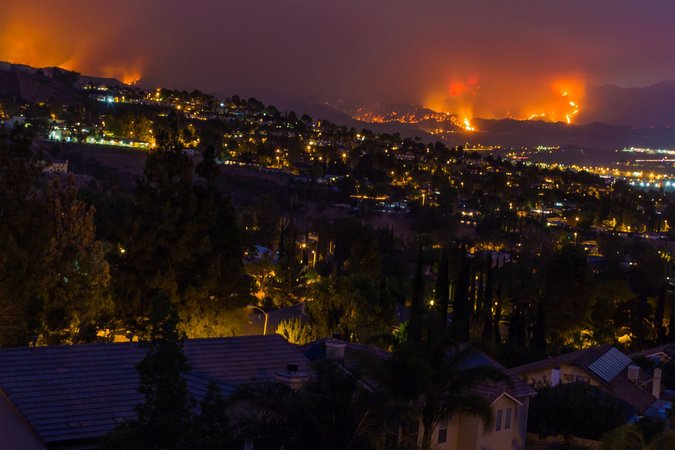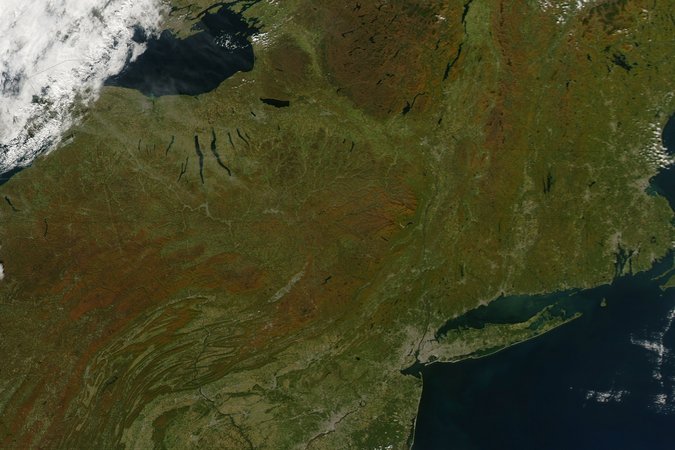How Social and Ecological Characteristics Shape Transaction Costs in Polycentric Wildfire Governance: Insights from the Sequoia-Kings Canyon Ecosystem, California, USA
This journal article utilizes exponential random graph modeling to analyze the social and ecological drivers of polycentric wildfire governance in the Sequoia-Kings Canyon Protected Area-Centered Ecosystem.
Abstract
Many contemporary social and ecological challenges in forested ecosystems (climate change, invasive species, wildland-urban interface development, and wildfires) span multiple jurisdictions and are characterized by complex patterns of social and ecological interdependencies. Increasing evidence suggests that interdependent risk can best be addressed by working across boundaries (jurisdictional, scalar, and expertise) by sharing information and cooperating in management activities. Polycentric governance has emerged as a framework to understand how multiple and overlapping centers of decision-making authority establish and maintain governance connectivity to solve collective action problems and interdependent risks. Previous studies have examined the collaborative and interorganizational process of polycentric landscape governance, yet most studies rely on qualitative case study data or descriptively employ social network analysis. Understanding the values, beliefs, and motivations of actors (land managers, landowners, researchers, policymakers, and non-governmental organizations) for cooperating is important for improving polycentric governance design, implementation, and operation. How the context and characteristics of social-ecological systems shape polycentric governance remains largely unexplored. On the basis of research in the Sequoia-Kings Canyon Protected Area-Centered Ecosystem, we address this gap by utilizing exponential random graph modeling to analyze the social and ecological drivers of polycentric wildfire governance. This research highlights that even in situations of high stakes (increasing occurrences of high-severity wildfires that escape suppression) actors will collaborate only if the gains from collaboration outweigh the costs. If jurisdictions or other organizations are thought to have low operational capacity or lack useful information, even with a high probability of large wildfire, the actor-to-actor connections are less likely for effective polycentric governance. Our results highlight previously undiscussed mechanisms of network formation in wildfire hazard governance, and we discuss the broader applicability for forest landscape challenges and for polycentric governance design and assessment in other social-ecological contexts.
Authors

R. Patrick Bixler
University of Texas at Austin

Mark W. Brunson
Utah State University

Ryan D. Tarver
Utah State University

Benjamin Sikes
University of Kansas

Meredith McClure
Conservation Science Partners

Clare E. Aslan
Northern Arizona University




